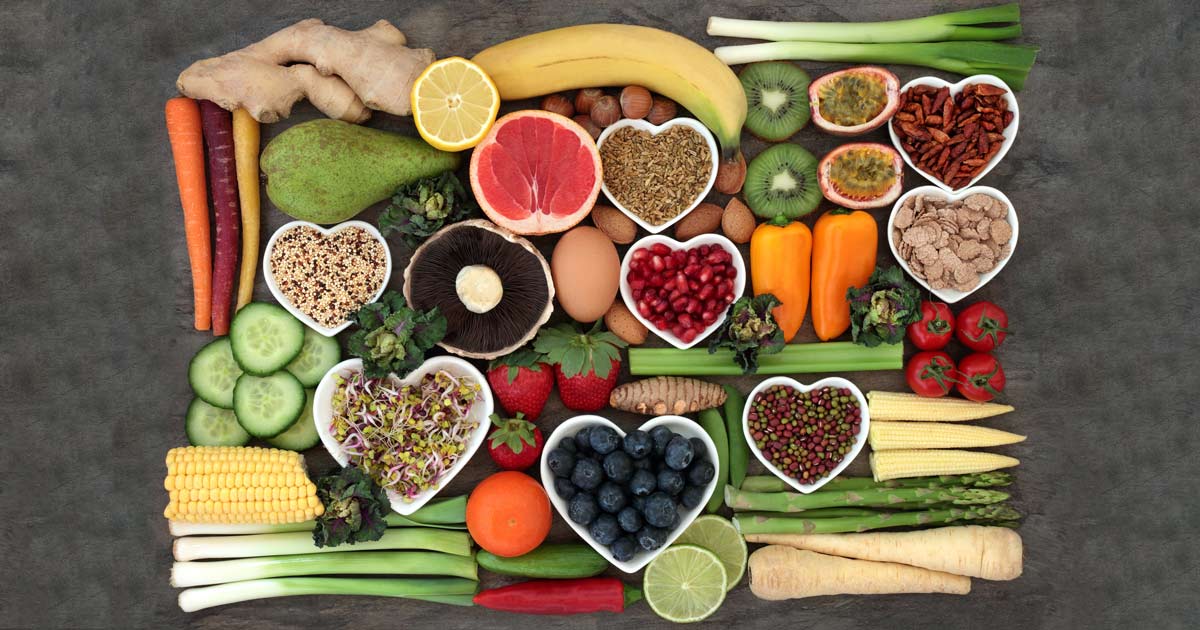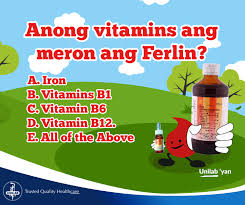
You may be wondering what a vegan eats in o day. There are a number of resources that can help you plan your daily diet. One reliable guide is the Vegan Plate Method. This plan encourages you to eat at most five servings of fruits and vegetables per week, as well as three servings each of grains and legumes. The plan also suggests eating one serving of nuts or seeds per day.
1,000 calories per Day
A wide range of whole foods is essential to ensure your health on a diet of 2,000 calories. This includes fruits, vegetables, whole grains, healthy fats, and protein. This amount will suffice to satisfy most adults' nutritional needs. Individual needs can vary depending upon gender, age and height.
The Dietary Guidelines for Americans 2010 provides a sample meal plan that is 2,000 calories of lacto-ovo vegetarian. This plan provides 2.5 cups of vegetables and 2 cups of fruit. It calls for six ounces (or three cups) of grains and three cups (or more) of dairy products. A few teaspoons of oils make up the remaining 258 calories.
All animal products excluded
Veganism means that you will not eat any animal products, such as dairy or eggs. This lifestyle is stricter that a vegetarian. Vegans eat only fresh fruits and vegetables, as well as nuts and seeds. Raw foods are also an option for vegans. These foods are thought to be rich in nutrients. A vegan diet encourages consumption of whole grains as well as legumes.

A vegan diet will not only reduce your protein intake, but also your intake of calcium as well as omega-3 fatty acid. These nutrients can be obtained from other sources but a vegan diet might not give your body the nutrients it requires. Protein is essential for generating chemical reactions in your body. Calcium and omega-3 fatty acid protect your heart health and keep your cells healthy. Vegetarians should also avoid gelatin, as it is derived from animals.
Plenty of fruits and vegetable included
A vegan's diet needs to include a variety fruit and vegetable intake. This diet is full of fiber, vitamins and phytochemicals which help to protect against cancer. Great sources of calcium are vegetables and fruits. They also contain vitamin D which regulates calcium levels. Vitamin D helps to maintain strong bones.
Individuals can tailor the vegan diet to their needs. The typical vegan meal will include six servings each of legumes, nuts, grains, and protein. You should have at least four portions of fruits and vegetables. A vegan's diet also includes a small amount of healthy fats. Vegans don't eat animal product, but they can still enjoy chocolate and icecream.
Includes plenty of protein
A vegan diet contains a lot of protein but not as much as a meat-based one. The average protein intake of lacto-ovo-vegetarians is 14% of total energy intake and 1.04 g/kg of body weight, compared to the RDA of 0.8 g/kg. The amount of protein intake varies widely among populations. EPIC Oxford evaluated protein intake using a cutoff method known EAR. They found that men consumed 10.1% more protein than women.
A healthy body requires protein. It aids the body in building antibodies to fight infections. It helps to produce healthy hormones. It should be included in a vegan diet. A healthy adult needs about 0.36 grams of protein per pound of body weight. This equates to about 54 grams of protein per day for a 150-pound adult.

Includes vitamin B12
Vitamin B12 is essential for many functions in the body, including DNA synthesis, nerve system function, and energy metabolism. Vitamin B12 deficiency can lead to serious health problems. Vegans need to be careful about their B12 intake. There are plenty of vegetarian-friendly B12 options, including many plant foods.
Vitamin B12 is found in many fortified foods. These include nutritional yeast, breakfast cereals soy products and alternative to milk. These fortified foods should be consumed twice to three times per day by vegetarians and vegans. The Vegan Society recommends 1.5 to 3 Micrograms of Vitamin B12 daily.
FAQ
How often should i exercise?
For a healthy lifestyle, exercise is vital. There is no set time limit for exercising. Find something you like and stay with it.
Three times per week, aim for 20-30 minutes moderate intensity activity. Moderate intensity means that you will still be working hard even after your workout is over. This type is good for burning around 300 calories.
Walk for 10 minutes four days a semaine if you prefer walking. Walking is low impact and easy on your joints.
You can also run for 15 minutes, three times per week. Running is a great exercise to build muscle tone and burn excess calories.
Start slowly if you aren't used to doing exercise. Start by only doing 5 minutes of cardio five times a week. Gradually increase your cardio duration until reaching your goal.
What is the most healthful lifestyle?
The healthiest lifestyle to live is one where you eat healthy food, exercise regularly, sleep well, and avoid stress. This will ensure that you live a long healthy life.
It's easy to start small with your exercise and diet. Try walking for 30 minutes daily if your goal is to lose weight. For more activity, you can try swimming or dancing. An online fitness program, such as Strava and Fitbit, can help you track your activity.
Why should we live a healthy existence?
A healthy lifestyle will help us live longer and happier lives. A healthy diet, regular exercise, good sleep habits, and stress management will help prevent diseases like heart disease, diabetes, cancer, and stroke.
A healthy lifestyle can also help improve mental health and make it easier to deal with everyday stressors. A healthy lifestyle will help you feel more confident and younger.
Is cold a sign of a weak immune response?
Cold can make you less immune to infection because your body makes fewer white blood cells, which are essential for fighting infections. You will feel less pain if you are cold.
Statistics
- WHO recommends consuming less than 5% of total energy intake for additional health benefits. (who.int)
- According to the Physical Activity Guidelines for Americans, we should strive for at least 150 minutes of moderate intensity activity each week (54Trusted Source Smoking, harmful use of drugs, and alcohol abuse can all seriously negatively affect your health. (healthline.com)
- Extra virgin olive oil may benefit heart health, as people who consume it have a lower risk for dying from heart attacks and strokes according to some evidence (57Trusted Source (healthline.com)
- According to the 2020 Dietary Guidelines for Americans, a balanced diet high in fruits and vegetables, lean protein, low-fat dairy and whole grains is needed for optimal energy. (mayoclinichealthsystem.org)
External Links
How To
What does "vitamin" actually mean?
Vitamins are organic compounds naturally found in food. Vitamins allow us to absorb nutrients from food. Vitamins cannot come from the body so food must provide them.
There are two types: water-soluble and fat-soluble vitamins. Water-soluble vitamins dissolve in water easily. You can find vitamin C,B1 or thiamine, B2 or riboflavin and B3 or niacin. B6 is pyridoxine. Folic acid, biotin and pantothenic are some examples. Fat soluble vitamins are stored in the liver and fatty tissue. Some examples include vitamin D and E, K, A, beta carotene, and A-vitamins.
Vitamins can be classified by their biological activity. There are eight main types of vitamins:
-
A - Essential for healthy growth and health maintenance.
-
C - vital for nerve function and energy generation
-
D - Essential for healthy teeth and bones.
-
E - required for good vision & reproduction.
-
K - Required for healthy nerves and muscles.
-
P – vital for building strong bones.
-
Q - aids in digestion of iron and iron absorption
-
R is required for the production of red blood cells.
The recommended daily intake (RDA), of vitamins varies with age, gender and physical conditions. The U.S. Food and Drug Administration, (FDA), sets the RDA value.
For example, the RDA for vitamin A is 400 micrograms per dayfor adults 19 years or older. Pregnant women require 600 micrograms daily to support fetal development. Children ages 1-8 require 900 micrograms per day. Infants below one year of age need 700 micrograms daily. But, between 9 months to 12 months of age, the amount drops to 500micrograms per days.
Children aged 1-18 require 800 micrograms of sugar per day, while those who weigh more than 1200 need 1000. For their nutritional needs, underweight children need 1200 mg per day.
Children 4-8 years old with anemia will need 2200 mg of vitamin D daily.
2000 micrograms daily is required for adults over 50 to maintain their general health. Breastfeeding or pregnant women require 3000 micrograms per daily due to higher nutrient demands.
Adults over 70 require 1500 micrograms each day, since they lose approximately 10% of muscle mass each decade.
Women who are pregnant and lactating need more nutrients than the RDA. Pregnant mothers need 4000 micrograms per daily during pregnancy and 2500 after giving birth. Breastfeeding moms need 5000 micrograms per daily when breastmilk production occurs.